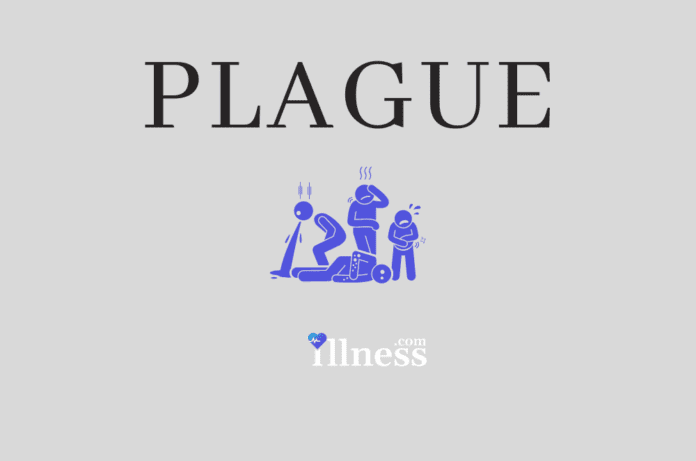Overview Of Plague
Plague is a severe bacterial infection that may cause death.
Commonly Associated With
Bubonic plague; Pneumonic plague; Septicemic plague
Causes Of Plague
Plague is caused by the bacteria Yersinia pestis. Rodents, such as rats, carry the disease. It is spread by their fleas.
People can get this infection when they are bitten by a flea that carries the bacteria from an infected rodent. In rare cases, people get the disease when handling an infected animal.
Pneumonic plague is a lung infection. It can be spread from person to person. When someone with this infection coughs, tiny droplets carrying the bacteria move through the air. Anyone who breathes in these particles may catch the disease. An epidemic can be started this way.
In the Middle Ages in Europe, massive epidemics killed millions of people. The infection has not been eliminated. It can still be found in Africa, Asia, and South America.
Today, this infection is rare in the United States. But it has been known to occur in parts of California, Arizona, Colorado, and New Mexico.
The three most common forms of plague are:
- Bubonic, an infection of the lymph nodes
- Pneumonic, an infection of the lungs
- Septicemic, an infection of the blood
- The time between being infected and developing symptoms is typically 2 to 8 days. But the time can be as short as 1 day for pneumonic plague.
Risk factors include a recent flea bite and exposure to rodents, especially rabbits, squirrels, or prairie dogs, or scratches or bites from infected domestic cats.
Symptoms Of Plague
Bubonic plague symptoms appear suddenly, usually 2 to 5 days after exposure to the bacteria.
Symptoms include:
- Fever and chills
- General ill feeling (malaise)
- Headache
- Muscle pain
- Seizures
- Smooth, painful lymph gland swelling called a bubo is commonly found in the groin, but may occur in the armpits or neck, most often at the site of the infection (bite or scratch); pain may start before the swelling appears
Pneumonic plague symptoms appear suddenly, typically 1 to 4 days after exposure. They include:
- Severe cough
- Difficulty breathing and pain in the chest when breathing deeply
- Fever and chills
- Headache
- Frothy, bloody sputum
Septicemic plague may cause death even before severe symptoms occur. Symptoms can include:
- Abdominal pain
- Bleeding due to blood clotting problems
- Diarrhea
- Fever
- Nausea, vomiting
Exams & Tests
The health care provider will perform a physical examination and ask about your symptoms.
Tests that may be done include:
- Blood culture
- Culture of lymph node aspirate (fluid taken from an affected lymph node or bubo)
- Sputum culture
- Chest x-ray
Treatment Of Plague
People with this infection need to be treated right away. If treatment is not received within 24 hours of when the first symptoms occur, the risk for death increases.
Antibiotics such as streptomycin, gentamicin, doxycycline, or ciprofloxacin are used to treat the infection. Oxygen, intravenous fluids, and respiratory support are usually also needed.
People with pneumonic plague must be kept away from caregivers and other patients. People who have had contact with anyone infected by pneumonic plague should be watched carefully and given antibiotics as a preventive measure.



